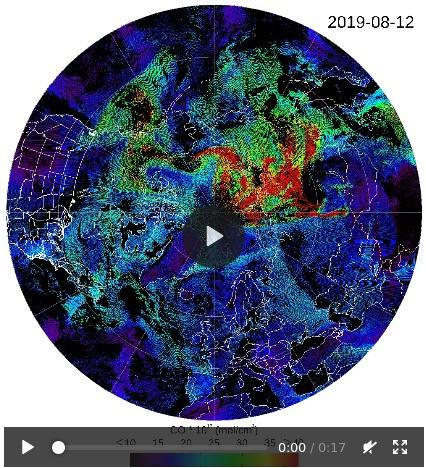Cross-Scale Observations & Modeling Integration
Group Leader: Louisa Emmons
Past and future field campaigns are a key component of quantifying sources and understanding chemical processing in the atmosphere. The combination of simulations from models, chamber studies, ground and aircraft observations, and satellite retrievals are being used in ACOM to answer outstanding science questions. This work will develop the scientific knowledge necessary for predicting air quality and quantify attribution of sources affecting air quality and health.
Our objectives include quantifying sources, fates and impact of reactive carbon species in the atmosphere. We aim to quantify ozone and secondary aerosol production and loss, under different VOC and NOx regimes with:
- Airborne and ground‐based field campaigns targeting a range of conditions,
- Box, regional, global model simulations to test against the observations, and
- Chemical mechanism development based on chamber and field observations.
Projects
- Global chemical forecasts and development of the assimilation of satellite retrievals of atmospheric composition
- A campaign in the planning phases is COALA: Characterizing Organics and Aerosol Loading over Australia
- Flight planning support for FIREX-AQ
Massive Smoke Plume from Siberian Fires Reaches North America.
Durinig FIREX-AQ, a continental-scale plume of carbon monoxide (CO) and other air pollutants from active fires in Siberia was mapped in near real-time by ACOM scientists, based on data provided by TROPOMI (the TROPOspheric Monitoring Instrument, on board ESA's Sentinel-5P platform). Figure 1 shows the plume in red on August 12, 2019. The TROPOMI measurements were valuable in comparing with model forecasts. Read more...
